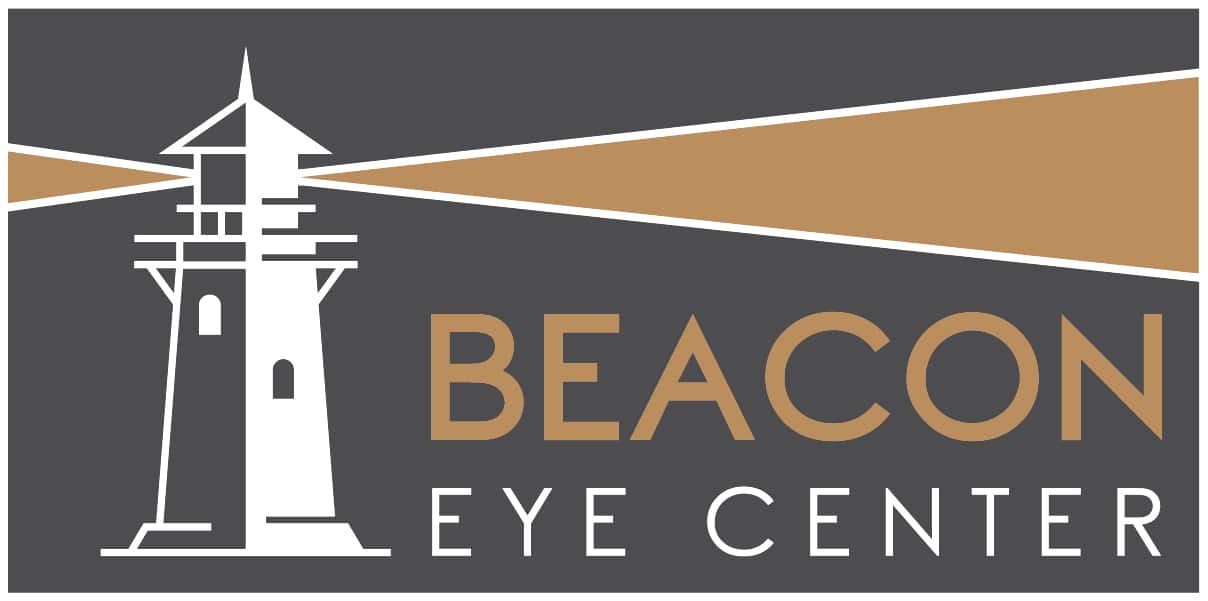Blepharospasm is a condition in which the eyelids spasm, closing involuntarily, forcing the patient to blink abnormally. Blepharospasm is a form of focal dystonia or abnormal contractions of the eye muscles. Patients with blepharospasm have normal vision, but the disturbance interferes with visual perception and may, in severe cases, result in functional blindness.
Causes of Blepharospasm
While the underlying causes of blepharospasm are unknown, the disorder is associated with a dysfunction of the basal ganglion, the part of the brain that controls the muscles. In some cases, there seems to be a genetic component to blepharospasm since there is evidence of family history of this disorder or other types of dystonia. There are two types of blepharospasm, primary and secondary.
Primary Blepharospasm
Primary blepharospasm develops spontaneously. The official name for primary blepharospasm is benign essential blepharospasm or BEB, meaning that the condition is not life-threatening and is of unknown cause.
Secondary Blepharospasm
Secondary blepharospasm may be due to exposure to certain drugs or may develop in connection with other disorders, such as Parkinson's disease or Wilson's disease.
Symptoms of Blepharospasm
Blepharospasm is progressive, usually beginning with excessive blinking and eye irritation in the presence of stress factors such as bright lights, fatigue or emotional distress. Almost always present in both eyes, as the condition progresses, symptoms occur more and more frequently, interfering with daily activities. Symptoms of blepharospasm do not occur during sleep and patients may experience a period of relief from symptoms upon waking. When the disorder becomes extreme, patients may be unable to open their eyes for hours at a time.
As times blepharospasm may occur with dystonia affecting the mouth and jaw, or oromandibular dystonia. In oromandibular dystonia, the patient involuntarily grimaces, clenches the jaw muscles and sticks out the tongue. When blepharospasm and oromandibular dystonia occur concurrently, the disorder is called Meige's syndrome. Patients with blepharospasm may experience continuing sensitivity to bright light and dry eyes.
Diagnosis of Blepharospasm
At present, there is no specific test for blepharospasm and, in most cases, laboratory results in patients with the disorder are normal. Blepharospasm is typically diagnosed on the basis of:
- Patient history
- Physical examination
- Neurological evaluation
Medical diagnosis is necessary to distinguish blepharospasm from other conditions affecting the eyelids, such as infection, allergy, and other conditions resulting in muscular weakness or contractions.
Treatment of Blepharospasm
There is no current cure for blepharospasm but there are treatment possibilities. These include:
Oral Medications
Several medications have been found to be helpful in some cases of blepharospasm. These medications are in many different medication categories and are sometimes used off label since many have not yet been FDA approved for treating blepharospasm. They hold out hope, however, for effective treatment of this troubling disorder. Some of these medications may include: clonazepam, lorazepam, haloperidol, diazepam and zolpidem.
Injections
Injection into the affected eye muscles with botulinum toxin or Botox, is currently the most successful treatment for chronic blepharospasm.
Surgery
If medications and injections prove ineffective in treating blepharospasm, surgery may be recommended. The surgical procedure for this condition is called a myectomy. It involves removing portions of the affected muscles to relieve symptoms. Injections of botulinum toxin may be required after the surgery.
Deep Brain Stimulation
While still experimental, this method of treatment has demonstrated important possibilities in the treatment of blepharospasm.
Alternative Treatments
Sometimes alternative treatments are used, either alone or combined with prescribed medications or injections, to combat the symptoms of blepharospasm. These treatments may include: acupuncture, chiropractic care, biofeedback and nutritional therapy.

